Improving sow welfare with group housing
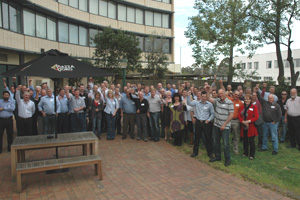
Put 160 focused pork producers, advisors, equipment manufacturers and researchers together for a total of three days to discuss improving sow welfare with group housing systems and you’ll generate varied views, some challenges and maybe some solutions…
Such was the case in Toowoomba and Melbourne in mid-October when a $100,000 initiative of the Board of the CRC for High Integrity Australian Pork (Pork CRC), to investigate what’s happening commercially and in science and research, culminated in workshopping the whys and wherefores of what works and, indeed, what doesn’t.
The Group Housing Solutions Workshops align with Pork CRC Program 1, ‘Confinement Free Sow and Piglet management’, which addresses the significant industry decision to voluntarily phase-out sow gestation stalls by 2017 and some retailer requests to be stall-free even earlier.
According to Pork CRC CEO, Dr Roger Campbell, key messages to emerge included:
• Group housing works for sows weaned into mating pens for up to five days after mating, or those weaned into groups.
• There is no one way of successfully housing gestating sows in groups.
• Australian producers are achieving good reproductive performance with electronic feeding systems with large dynamic groups and in smaller static groups with floor feeding, or trough feeding in pens fitted with full body stalls. The feeders differ, as does the design of the sheds and how they are managed.
• With electronic sow feeders, training older sows is a challenge, but once trained they have good memories.
• Consider everything when designing a group housing system – the design is critical to success and information is available.
• Most producers suffered a decline in reproduction during transition from stalls to group housing, so it’s important to plan how sows will be housed and fed during the transition. It was clear that if not fed appropriately, sows will not perform.
• Space and how it’s used is critical for success, although the floor space varied considerably across units discussed at the workshops.
• Space recommendations vary with group size.
• Good stockmanship is critical.
• Hospital pens are critical.
Workshop presentations are available on the Pork CRC’s website, click here.
Australian pork producer presenters:
• Ian Hill (Bailey Creek Pork) and Laurie Brosnan (Bettafield Piggery), both from Queensland
• Neil Ferguson (Westpork) from WA
• Ian Bayley (Blackwood Piggery)
• Ian Connaughton and Tony Dipietro (Don KRC – Girgarre), from Victoria, showed where they were now and how they transitioned.
International presenters:
• Dr Bruce Welch, New Zealand and Drs Niels-Pedder Nielsen and Lisbeth Ulrich Hansen, Denmark, also made valuable contributions, highlighting how the transition to group housing was happening in their respective countries.
Dr Campbell believed that further information was still required on mixing sows, the value of higher fibre diets and how to use the fact that sows adapt rather quickly to mixing and groups, based on behaviour and other indicators of welfare and stress.
“What really counts is how space is used and how animals are managed,” he said.
Source: www.porkcrc.com.au
 Beheer
Beheer

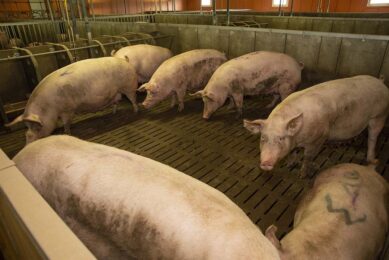
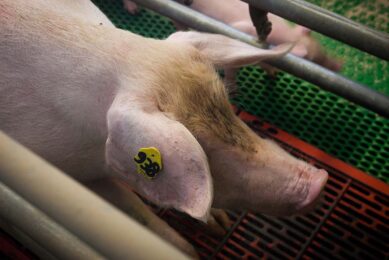
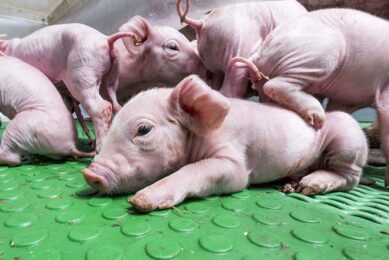
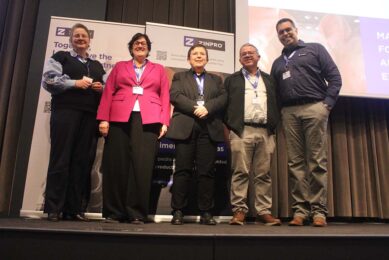





 WP Admin
WP Admin  Bewerk bericht
Bewerk bericht